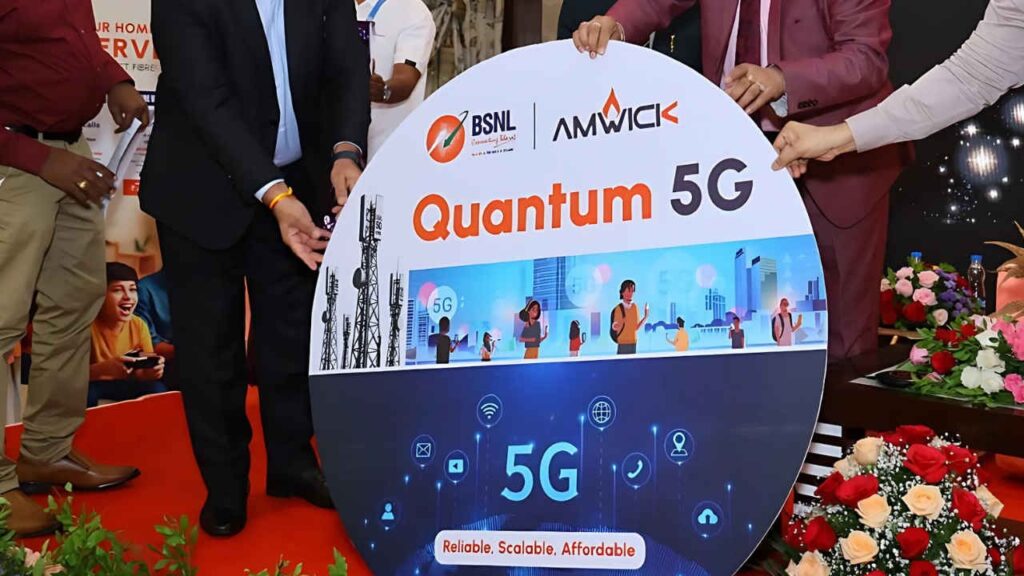BSNL has introduced its Quantum 5G Fixed Wireless Access (Q-5G FWA) service in India, a new wireless broadband solution that delivers high-speed internet without requiring a SIM card, mobile device, or traditional wired setup. Though currently limited to select circles, the launch marks BSNL’s first step into the 5G segment in India.
Pricing and Speed Plans
BSNL’s Q-5G FWA service starts at ₹999 per month for 100 Mbps internet speeds. For those seeking faster connectivity, a ₹1,499 plan offers speeds up to 300 Mbps. These plans are aimed at both home users and small businesses in need of strong wireless internet access.
How the Service Works
Instead of fiber cables, BSNL’s Q-5G FWA uses Customer Premises Equipment (CPE), which is installed on the roof of the subscriber’s home. The CPE connects to a router inside the house, delivering high-speed 5G data wirelessly. This setup enables users to experience broadband-like speeds even in areas with limited infrastructure.

Focus on Tier-2 and Tier-3 Cities
BSNL is targeting regions where traditional fiber networks are not widespread. The company sees its wireless 5G service as a scalable solution for Tier-2 and Tier-3 cities, where people often struggle with inconsistent or unavailable high-speed internet options.
No Voice Call Support
While the Q-5G FWA delivers fast internet, it does not support voice calls. The service is purely data-focused, unlike mobile 5G networks that include calling functionality. Users will need to rely on separate solutions for voice communication.
Installation and Details
Users interested in subscribing can find information about installation and equipment on the official BSNL website. The setup requires basic hardware at the subscriber’s location but no cabling, making it easier to deploy.
BSNL Joins India’s Growing 5G Rollout
With BSNL’s entry into 5G, other operators like Vodafone Idea (Vi) have also expanded their presence. Vi has rolled out 5G services in cities such as Delhi NCR, Mumbai, Patna, Chandigarh, and Bengaluru, with more regions expected to follow.
